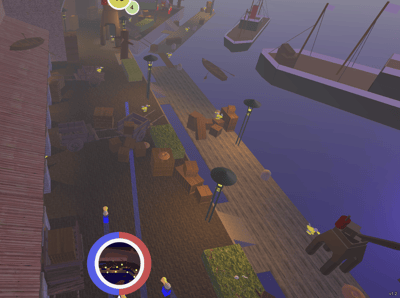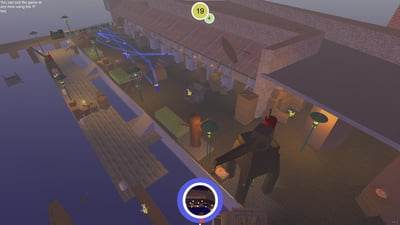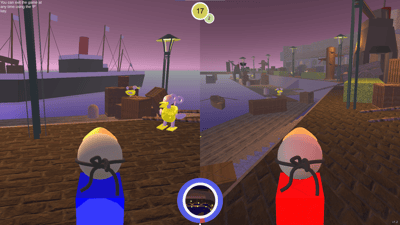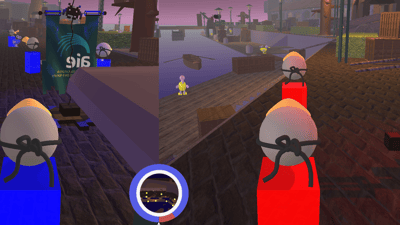Overcoming Challenges in Team-based Level Design: A Case Study
AIEUNITYGAME DESIGNLEVEL DESIGN
Fynn Burgess
3/25/20223 min read


During my time at AIE (Academy of Interactive Entertainment), I had the opportunity to participate in a level design assessment alongside three other designers. The assessment involved working on a co-op game called Mother Duck. This experience proved to be particularly significant as it marked the first time many of us had worked in teams. As expected, this presented us with unique challenges that required a great deal of understanding and patience to overcome.
Collaborating on a level design project with multiple team members can be both exciting and demanding. While it offers the advantage of pooling together diverse perspectives and skill sets, it also requires effective communication, coordination, and the ability to compromise. Our team quickly realized the importance of establishing clear roles and responsibilities to ensure a smooth workflow.
One of the initial challenges we faced was aligning our visions and design preferences for the levels in Mother Duck. Each team member had their own ideas and creative approaches, which sometimes led to conflicting opinions. To address this, we implemented a democratic decision-making process, allowing everyone to voice their ideas and concerns. We encouraged open discussions and actively listened to each other's viewpoints, fostering an environment of mutual respect and collaboration.
Another hurdle we encountered was the coordination of tasks and ensuring that everyone was on the same page. We established a shared project management platform, where we could track progress, assign tasks, and communicate effectively. This platform allowed us to have a centralized location for all project-related information and facilitated seamless collaboration. Regular check-ins and progress updates helped us stay organized and ensured that everyone was aware of the project's overall status.
As with any team-based project, effective communication played a crucial role in our success. We utilized various communication channels, such as team meetings, instant messaging, and email, to stay connected and informed. We encouraged open and transparent communication, where team members could express their thoughts, concerns, and ideas freely. Regular team meetings allowed us to address any issues promptly and make necessary adjustments to our workflow.
Patience was also key to overcoming the challenges we faced. We acknowledged that not everyone would have the same level of experience or expertise, and that mistakes and setbacks were inevitable. By fostering a supportive and understanding environment, we were able to learn from each other's strengths and weaknesses. We provided constructive feedback and guidance, helping each team member grow both individually and as part of the team.
In conclusion, our experience with the level design assessment for Mother Duck at AIE taught us valuable lessons in teamwork and collaboration. We learned the importance of clear communication, effective coordination, and patience when working in a team setting. By embracing these principles, we were able to overcome the challenges presented and create a cohesive and successful level design for the game. This experience not only prepared us for future team-based projects but also highlighted the significance of understanding and supporting one another to achieve common goals.








